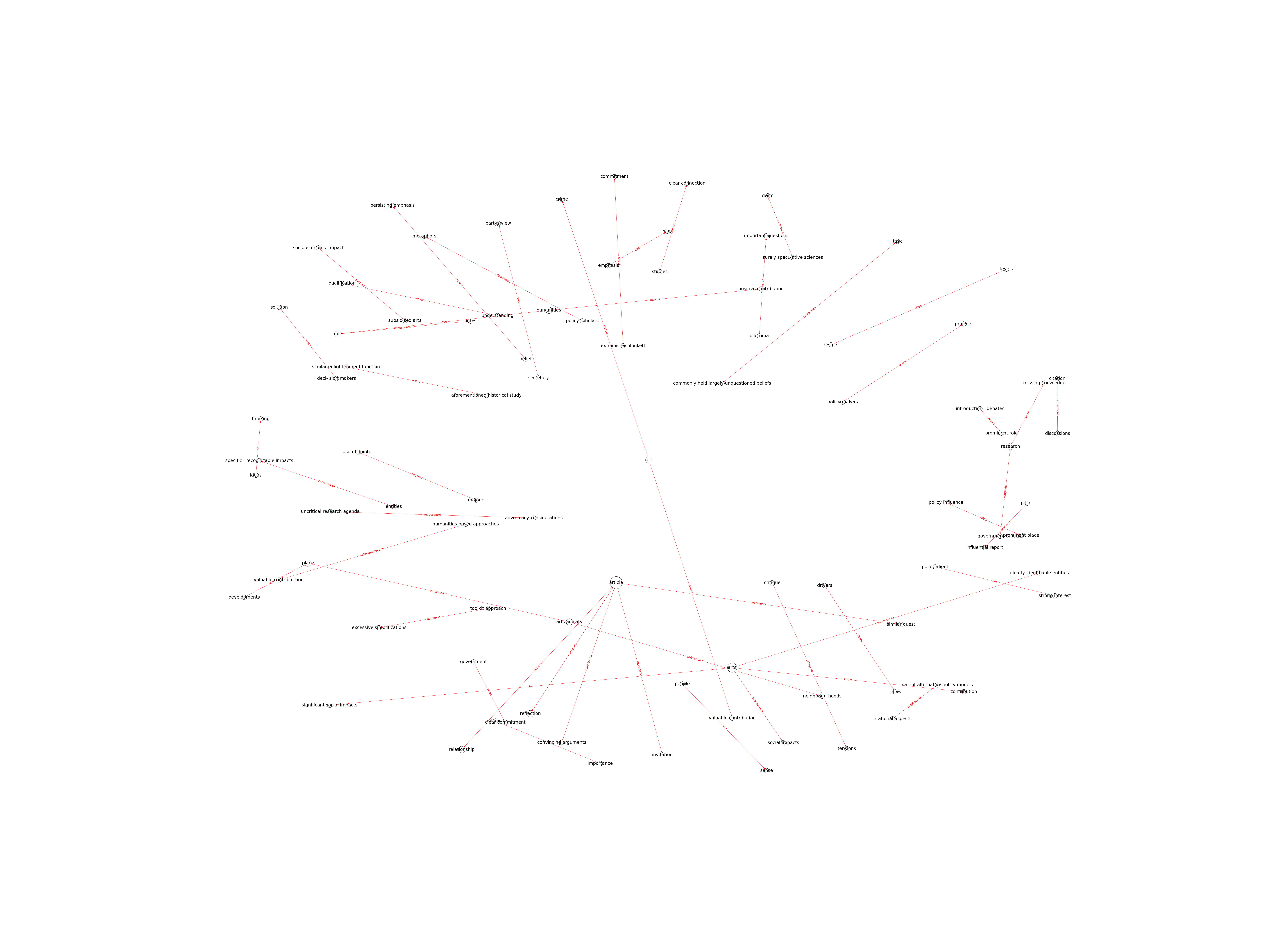| Id | 130 | |
| Author | Belfiore, E., ; Bennett, O., | |
| Title | Beyond the “Toolkit Approach”: Arts Impact Evaluation Research and the Realities of Cultural Policy‐Making | |
| Reference | Belfiore, E. & Bennett, O. (2010) Beyond the “Toolkit Approach”: Arts Impact Evaluation Research and the Realities of Cultural Policy‐Making. Journal for Cultural Research, 14(2): 121-142. |
|
| Keywords | Cultural policy-making; Research; Arts impact evaluation; Humanities |
|
| Link to article | https://doi.org/10.1080/14797580903481280 |
|
| Abstract | This article presents a reflection on the possibility and potential advantages of the development of a humanities-based approach to assessing the impact of the arts, which attempts to move away from a paradigm of evaluation based on a one-size-fits-all model usually reliant on empirical methodologies borrowed from the social sciences. A “toolkit approach” to arts impact assessment, as the article argues, demands excessive simplifications, and its popularity is linked to its perceived advocacy potential rather than to any demonstrable contribution it may make to a genuine understanding of the nature and potential effects of artistic engagement. The article also explores the relationship between research, advocacy and the actual realities of policy-making with a view to proposing a critical research agenda for impact evaluation based on Carol Weiss’s notion of the “enlightenment” function of policy-oriented research. In particular, the article attempts to highlight the contribution that cultural policy scholars working within the humanities could make to this area of policy research. |
|
| Metodology | Documentary analysis of the literature on the social impact of the arts |
Technique | Document analysis |

Note: Due to lack of computing power, results have been previously created and saved in database


